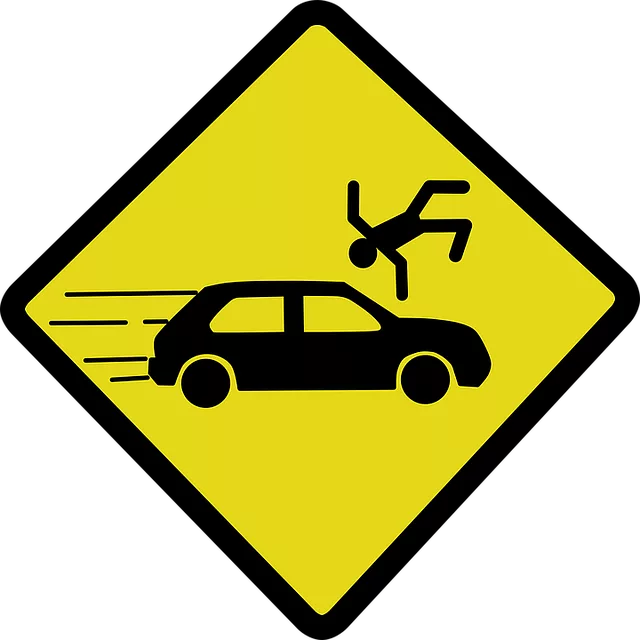Workplace safety training is mandatory in New York State and crucial for employers to avoid legal consequences. A Staten Island Brain Injury Law Firm highlights risks like personal injury lawsuits and financial damages from non-compliance. Training should cover hazard identification, protective equipment use, emergency procedures, and reporting safety concerns. Tailored programs are essential for specific industries; for instance, construction sites need fall prevention training, while healthcare facilities require infection control measures. Adequate training prevents brain injuries and other accidents, fostering a culture of accountability and reducing legal risks.
Workplace safety training is not just a best practice but a legal requirement in New York State, including Queens and Staten Island. This article explores the critical issue of brain injuries at work, focusing on prevention through tailored training programs. We delve into common causes, industry-specific risks, and the role of safety gear and education. With case studies highlighting the consequences of inadequate training, we also examine legal precedents for brain injury claims. Employers and employees alike must understand their rights and responsibilities under New York State laws to foster safer work environments. For a Staten Island brain injury law firm, staying informed on these matters is paramount in advocating for victims’ compensation.
- Understanding Workplace Safety Training: Legal Implications
- – The significance of workplace safety and its legal framework in New York State
- – Types of training programs and their relevance to various industries in Queens and Staten Island
- – Case studies: How inadequate training has led to brain injuries in the past
Understanding Workplace Safety Training: Legal Implications

Workplace Safety Training is not just a best practice but a legal obligation for employers in Queens and throughout New York State. Failure to provide adequate training can lead to severe consequences, including personal injury lawsuits filed by affected employees—a concern that a Staten Island Brain Injury Law Firm addresses frequently.
Training programs must be comprehensive, covering a range of topics from identifying potential hazards to proper use of protective equipment. They should also include procedures for emergency situations and protocols for reporting safety concerns. Legal implications of non-compliance extend beyond financial damages; they can result in fines, regulatory penalties, and damage to an employer’s public image. Thus, investing in robust workplace safety training is a strategic decision that protects both employees and employers alike.
– The significance of workplace safety and its legal framework in New York State

Workplace safety is a cornerstone of employment law in New York State, reflecting a strong commitment to protecting workers across all industries. The legal framework governing workplace safety is extensive and includes statutes, regulations, and case law that establish responsibilities for employers, ensure worker rights, and provide remedies for violations. In the event of an accident or injury, a Staten Island Brain Injury Law Firm can help navigate these complex laws to secure justice and compensation for affected individuals.
The framework emphasizes preventive measures, regular training, and clear communication to mitigate risks. Employers are mandated to provide a safe work environment, conduct risk assessments, and offer appropriate personal protective equipment (PPE). Workers have the right to refuse unsafe tasks and are protected from retaliation when raising safety concerns. This robust system underscores New York State’s dedication to upholding workplace safety standards, ensuring that both employers and employees understand their roles in fostering a secure professional setting.
– Types of training programs and their relevance to various industries in Queens and Staten Island

Workplace Safety Training plays a pivotal role in mitigating risks and ensuring the well-being of employees across diverse industries in Queens and Staten Island. Programs tailored to specific sectors are crucial for addressing unique challenges. For instance, construction sites in Queens demand rigorous training on fall prevention and heavy machinery operation due to the high risk of injuries related to these activities. Similarly, healthcare facilities in Staten Island require comprehensive training on patient handling and infection control protocols to safeguard both patients and staff from potential hazards like slips, falls, or infectious diseases.
A Staten Island Brain Injury Law Firm highlights the significance of tailored safety training, emphasizing that prevention is key when it comes to brain injuries, which can have severe, lasting effects. By offering specialized training for high-risk industries, organizations can create safer work environments, reduce incidents of injury and illness, and foster a culture of accountability and responsibility.
– Case studies: How inadequate training has led to brain injuries in the past

Inadequate workplace safety training has, in numerous instances, led to severe consequences, particularly brain injuries. One notable case involves a construction site in Staten Island where a worker was involved in an accident due to lack of proper training on heavy machinery operation. The incident resulted in a traumatic brain injury (TBI), highlighting the critical importance of comprehensive training programs. Another instance occurred in a manufacturing plant, where an employee suffered a brain injury after being exposed to dangerous chemicals without adequate safety protocols and education. These cases underscore the need for rigorous workplace safety training, as outlined by experienced Staten Island Brain Injury Law Firm professionals.
Such incidents serve as stark reminders that neglecting to provide comprehensive training can have life-altering effects on employees. To mitigate risks, employers must invest in regular, thorough training sessions covering everything from equipment operation to chemical handling and emergency protocols. By prioritizing safety education, companies not only protect their workers but also ensure compliance with legal requirements, thereby averting potential lawsuits and financial burdens, as emphasized by the Staten Island Brain Injury Law Firm.
Workplace safety training is not just a legal requirement in New York State, but a crucial investment for any business aiming to protect its employees and avoid costly lawsuits. The case studies highlighted demonstrate the severe consequences of neglecting brain injury prevention, especially in high-risk industries on Staten Island. Engaging in comprehensive training programs, as recommended by Queens’ top workplace safety lawyers, can serve as a game-changer, fostering a culture of safety that benefits both employees and employers alike. For those who have suffered brain injuries due to inadequate training, a Staten Island Brain Injury Law Firm offers expert guidance and support.
